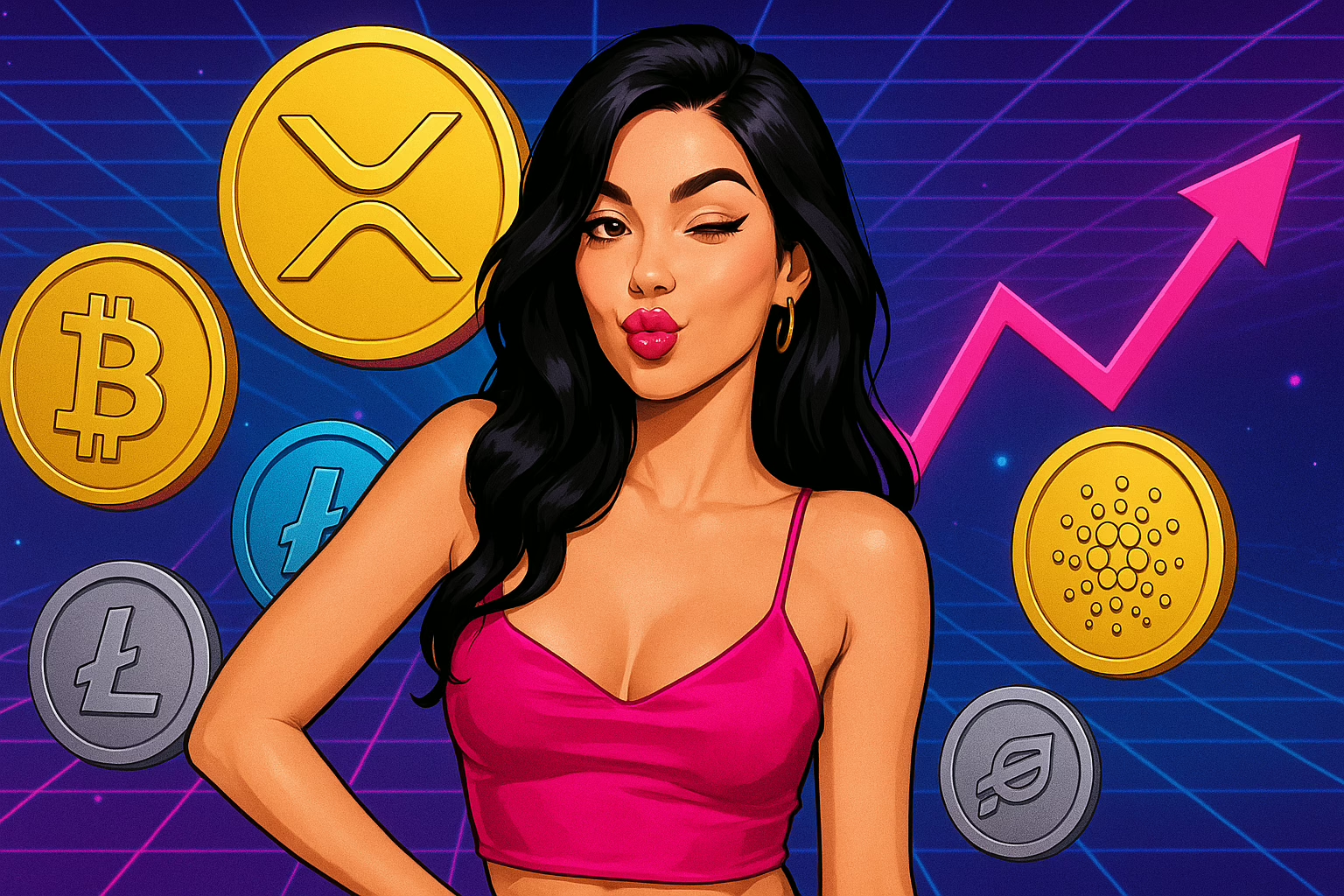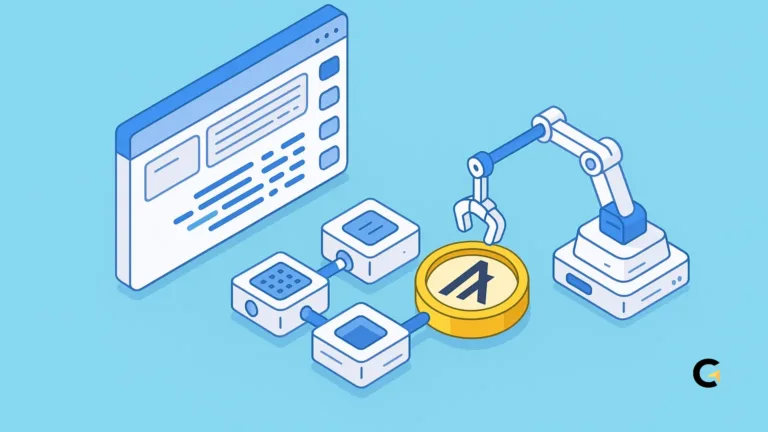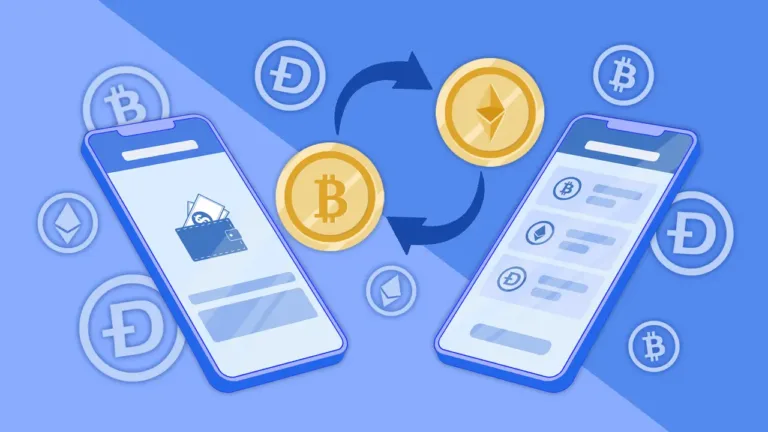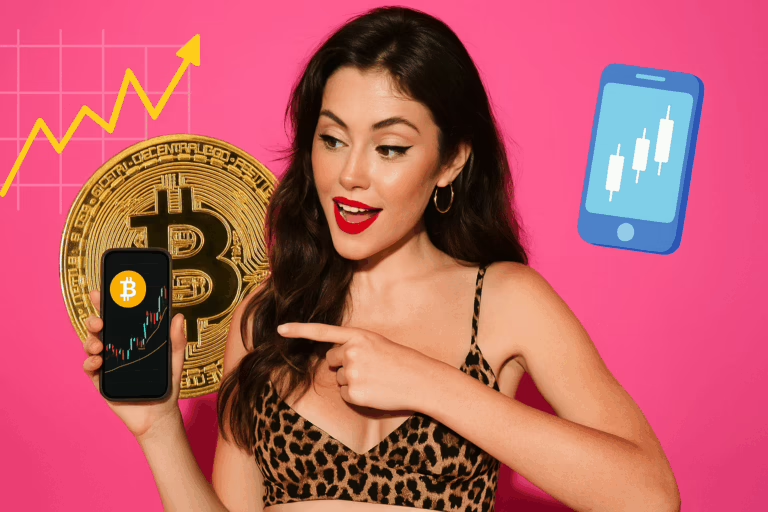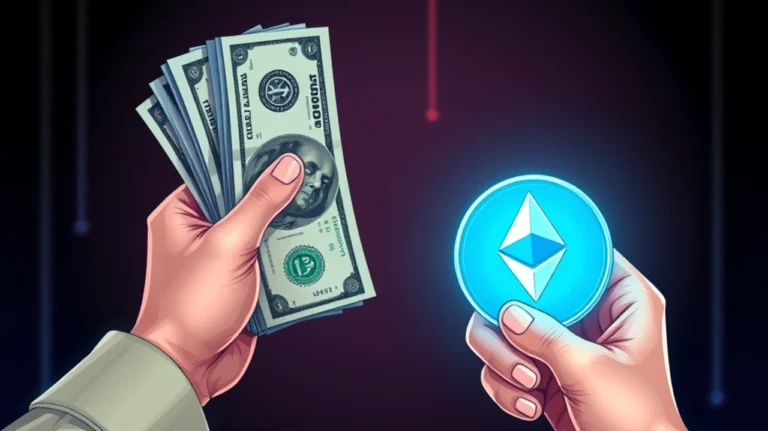Mirror Moves: 5 Coins That Follow XRP’s Lead
If you’ve been around the crypto scene for a while, you probably already know that digital asset prices can be as dramatic as a soap opera—sometimes moving in sync, sometimes going totally off-script.
But behind all that volatility, there’s one golden nugget of insight that often gets overlooked: correlation between assets.
And no, it’s not just about charts going up and down at the same time—it can actually be a major key when it comes to diversifying your portfolio and managing risk like a pro.
Now, when we talk about XRP—the native token of the Ripple network—it’s got a bit of a reputation: it tends to move in rhythm with certain altcoins.
Quick Facts You Need to Know
Hide-
Strong Correlation: Cardano, Stellar, Algorand, IOTA, and Ontology all show a high positive correlation with XRP in the past month.
-
Aligned Fundamentals: These coins focus on fast payments, scalability, or interoperability—use cases that echo XRP’s mission.
-
Better Portfolio Strategy: Understanding correlation helps you shape a smarter, more balanced asset mix.
-
Market Dynamics Matter: Correlation shifts all the time, so keep an eye on it and adjust when needed.
So in this piece, we’re breaking down five coins with the strongest “chemistry” with XRP over the past 30 days, and diving into the reasons why they’re so often vibing together. Ready to explore? Let’s get into it.
Why Correlation Actually Matters
Before we get into the list, let’s clarify what this is all about. Asset price correlation is like a window into market psychology.
For example, when two coins show a correlation score of 0.80 or higher, that means they usually move in the same direction.
This can be both helpful and dangerous—low correlation helps you diversify, but if you unknowingly stack up on assets that move the same way, your whole portfolio could tank if one drops.
5 Coins That Often Move Like XRP
1. Cardano (ADA): The Strategic Partner
Correlation: 0.86
Think of Cardano as XRP’s go-to collaborator. They may have different styles—XRP focuses on ultra-fast, low-cost cross-border payments, while Cardano leans more into academic research and energy-efficient proof-of-stake—but they share a common goal: transforming global finance.
Why do they move together? Because investors see them both as high-potential, disruptive technologies.
So when there’s big news about regulations, institutional interest, or shifts in the crypto market, ADA and XRP tend to react in sync. Their charts often look like digital twins, especially in short-term windows.
2. Stellar (XLM): The Long-Lost Sibling
Correlation: 0.82
If any coin could be considered XRP’s “younger sibling,” it’s Stellar. Created by Jed McCaleb, one of Ripple’s original founders, Stellar shares a lot of XRP’s DNA—both aim to make cross-border money transfers cheap and accessible.
The difference? Stellar focuses more on financial inclusion in developing countries and retail users. But despite that, these two coins often move hand-in-hand, especially when there’s major news about regulation or big institutional partnerships.
They’re also both quite active in the DeFi space and frequently appear on the radar of investors looking for fast, reliable payment tech.
So don’t be surprised if holding XLM often feels like a sidecar to XRP—and vice versa.
3. Algorand (ALGO): The Speedy Visionary
Correlation: 0.82
Algorand brings that “next-gen blockchain” energy. It runs on a pure proof-of-stake algorithm and its transaction speed is seriously impressive—finality in just a few seconds.
Why does it move like XRP? Simple. Both are built to make digital transactions faster, cheaper, and more scalable.
Their shared mission and target market create similar investor sentiment. So during quiet markets or corrections, ALGO and XRP tend to move together as people see both as resilient and fundamentally sound.
4. IOTA (MIOTA): The Future-Tech Follower
Correlation: 0.84
At first glance, IOTA feels like it’s from a different planet—focusing on the Internet of Things (IoT), not finance. But price-wise? It’s one of XRP’s most tightly synced partners.
IOTA uses a different structure from traditional blockchains—it runs on something called the Tangle, which doesn’t require transaction fees and scales super efficiently.
What makes its correlation to XRP so strong is how investors react to innovation. Whenever there’s hype around new tech, institutional partnerships, or futuristic use cases, both IOTA and XRP often ride the wave together.
So even though their use cases differ, market sentiment often treats them as part of the same innovation wave.
5. Ontology (ONT): The Serious One in Digital Identity
Correlation: 0.75
Ontology stands out from this group, but it still belongs here. Its focus is on digital identity and blockchain interoperability—two things that are essential to the future of Web3 infrastructure.
ONT and XRP often pop up together in headlines about enterprise partnerships, cross-platform integrations, or new regulatory developments.
From that perspective, the market tends to group them as “backbone infrastructure projects.” So while ONT’s correlation isn’t as sky-high as the others, a score of 0.75 is still solid and has stayed pretty consistent in recent months.
Correlation Table (Past 30 Days)
| Coin | Correlation with XRP |
|---|---|
| Cardano | 0.86 |
| Stellar | 0.82 |
| Algorand | 0.82 |
| IOTA | 0.84 |
| Ontology | 0.75 |
Bonus Insight: Correlation Is Always Changing
Here’s a big reality check—correlation isn’t permanent. The numbers above can shift within a week, or even a few days, depending on headlines, regulation news, market sentiment, and macro trends.
So don’t just memorize these numbers and assume they’ll always hold. Keep tracking them and adjust your strategy as the market evolves.
Final Take: Don’t Just Ride the Wave, Understand It
Knowing which coins move in sync with XRP is a major edge—especially if you’re the type of investor who cares about diversification and risk control. But remember: correlation doesn’t equal causation or guaranteed returns.
Always combine correlation analysis with solid research into each project’s fundamentals. Look at their whitepapers, roadmaps, developer activity, and how they respond to big market news. That’s how you go from speculative to strategic investing.
And most importantly: manage your exposure based on your personal risk tolerance and financial goals. Just because two coins often move together doesn’t mean you should go all-in on both. Balance is key. Stay aware, stay flexible.
Frequently Asked Questions (FAQs)
What is a correlation coefficient?
It’s a number between –1 and +1 that shows how closely two assets move together. +1 means they move in the same direction, –1 means they move in opposite directions, and 0 means they’re unrelated.
Why does correlation change over time?
It can shift based on market sentiment, regulation, tech adoption, and macro events. A single news headline can push two assets closer—or pull them apart.
How can I track crypto correlations?
You can use tools like CoinHedge Fund, BitInfoCharts, or Crypto Correlation, which provide daily-to-monthly correlation matrices.
Should I buy all coins with high correlation to XRP?
Not necessarily. High-correlation coins tend to move the same way, which means your portfolio won’t be very protected in a downturn. Diversification still matters.
Does high correlation mean coins have the same fundamentals?
Nope. Just because they move similarly doesn’t mean they’re built on the same tech or solve the same problems. Always read their whitepapers and check their roadmaps.

